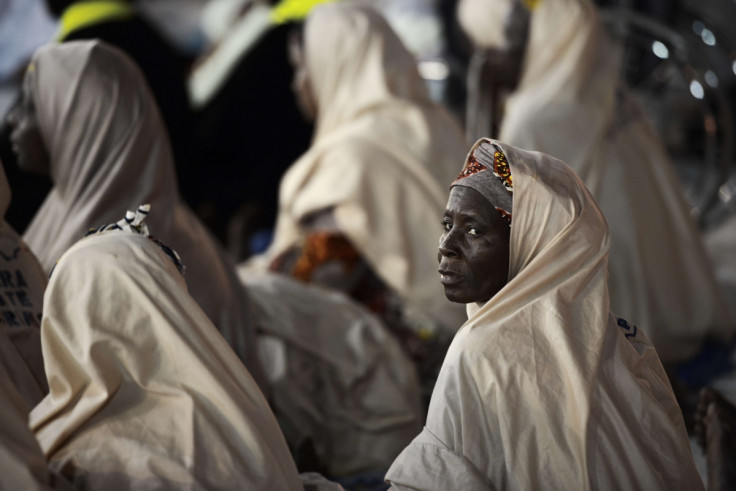Mecca Eid al-Adha Hajj Stampede: Saudi prince blames African pilgrims for over 700 dead

Saudi Arabia's head of the central Hajj commitee, Prince Khaled al-Faisal, has blamed the crush outside the holy city of Mecca that killed at least 717 people and injured 850 more on "some pilgrims with African nationalities", according to Saudi-owned al-Arabiya TV.
People from several different countries are reported to have died in the stampede, which took place when two groups of pilgrims arrived at a crossroads on Street 204 at the tent city of Mina for a traditional stone-throwing ritual.
Prince Khaled's controversial remarks on undisciplined pilgrims were echoed by Saudi health minister Khaled al-Falih, who was quoted by El-Ekhbariya television as saying that "many pilgrims move without respecting the timetables [set by authorities, which was the] principal reason for this type of accident. If the pilgrims had followed instructions, this type of accident could have been avoided."
Among the casualties of the incident, which happened on first day of the Eid al-Adha festival (24 September), are at least 43 Iranian nationals. Iranian officials accused Saudi Arabia of mismanagement and lack of safety in the aftermath of the tragedy.
The head of Iran's Hajj organisation, Said Ohadi, said the incident was caused by the authorities' decision to close two paths near the scene of the symbolic 'stoning of the devil' ritual. "Today's incident shows mismanagement and lack of serious attention to the safety of pilgrims. There is no other explanation. The Saudi officials should be held accountable," he said on Iranian state television according to AFP.
Iran's deputy foreign minister Hossein Amir Abdollahian said a Saudi diplomatic envoy would be summoned over the incident. "We can in no way be indifferent to this irresponsible behaviour of Saudi Arabia. This will be dealt with through diplomatic channels. Saudi Arabian officials are responsible for this incident and they should immediately endeavour to take effective measures for managing the existing crisis and providing full security for pilgrims."
The stone-throwing ritual emulates the actions of Prophet Abraham, who is believed to have stoned the devil at three locations when he attempted to discourage Abraham from God's order to sacrifice his son Ishmael. God eventually spares the boy and sends a sheep to be sacrificed in his place.
Muslims gathered until dawn at the Muzdalifah where they picked their pebbles and put them in empty water bottles. They had spent a day of prayer on a vast Saudi plain and Mount Arafat, which sits 10km from Mina. The ritual itself takes place at a five-storey, 1km-long structure known as the Jamarat Bridge, near the scene of the crush.
The structure, which cost more than $1bn (£660m), has a capacity of 300,000 pilgrims an hour. The area and number of entry and exit points have been increased over the years in an effort to improve safety. Reuters said that an officer kept repeating through a loudspeaker at Jamarat: "Please pilgrims do not push one another. Please leave from the exit and don't come back by the same route".
© Copyright IBTimes 2025. All rights reserved.




















